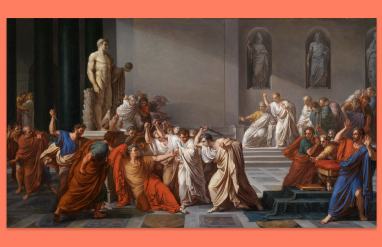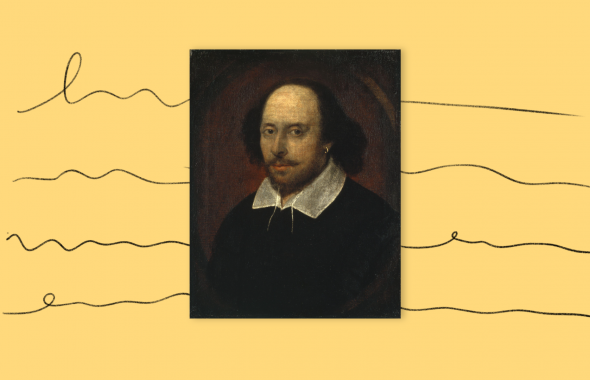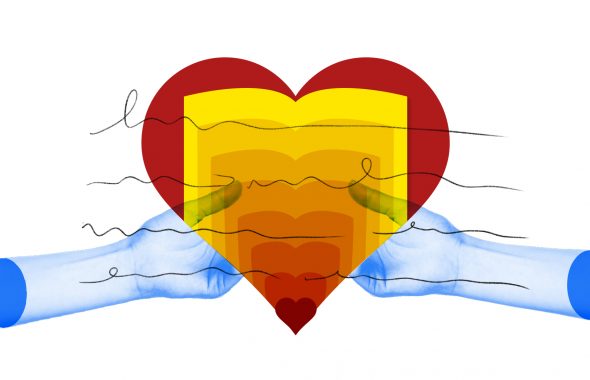by Min Straussman
Lights! Camera! Vocabulary! Have you ever been stumped by the language used by film buffs and casual movie fans alike? To help you use and understand all of this language better, we have gathered a collection of essential film and movie terms. These expressions describe both the technical and artistic aspects of the moving picture, from how a film is shot to the way a story is told in light, sound, and image.
What is cinematography?
When we talk about how movies (and television) are made and what they look like, we are talking about cinematography, “the art or technique of video photography,” or “the artistic vision, tone, look, and feel of a video production.” The word is related to the term cinematograph, an early movie camera or projector. The combining form -graphy is used to denote a process or form of representing or recording something or an art or science concerned with such a process. It might surprise you to learn that the term cinematography is relatively old; it was first recorded between 1895-1900.
Essential terms
Before we get into more complex terms, let’s look at some essential elements of cinematography.
shot / shoot
In movies and television, a shot is “a unit of action photographed without interruption and constituting a single camera view.” When seen on screen, it looks like a single movement or still, without any cutting away or interruption. The verb shoot describes the act of photographing or filming a scene.
Relatedly, the informal noun shoot (a reference to the act of taking a shot) is “a photographic assignment or session.” So, one could theoretically say, “We shot the shot during a long shoot,” although that might be a bit of a tongue twister.
take
When filming something, “a scene, or portion of a scene, photographed without any interruption or break” is called a take. You might have heard of this if you have ever seen a clapperboard at the start of a film, where the take is labeled and typically announced by a producer (e.g., “take 1”). Sometimes it requires multiple takes to get it right.
frame
In cinema, a frame is one of the successive pictures on a strip of film. The more frames something has, the smoother the action will appear to be. When used as a verb, frame describes the process of adjusting the picture or projector so that it fits within what the camera can capture. Something out of frame will not appear on screen.
Making the picture
Now that we have those terms under our belt, let’s take a look at some of the ways cinematographers make movies visually interesting.
establishing shot
A scene-opening shot, usually very wide, that sets up the context for the scene. For example, many establishing shots will show the exterior of a house or the city skyline, to let the viewers know where the events are taking place.
frame rate
As we noted, the more frames a film has per minute, the smoother the action will look on screen. Frame rate is the measure of how many frames there are per second. The acronym for this is FPS (frames per second). In the modern era, the typical FPS is about 24. In the recent James Cameron film Avatar 2: The Way of Water, a high frame rate of 48 FPS was used. This can appear uncanny to the human eye.
stereoscope
A stereoscope is an instrument that takes two pictures of the same object from slightly different points of view that are combined to make a single picture of the object, with the appearance of depth or relief. This principle was used in Avatar 2 to make high-quality 3D images using a brand-new kind of camera.
aspect ratio
The ratio of the width of an image to its height. Today, television is often shown using a 16:9 aspect ratio, but the widest aspect ratio in cinema is 2.39:1. If you watch a film in “widescreen” mode on your home television without the proper adjustments or technology, you’ll end up with black bars on the top and bottom of your screen. This is known as letterboxing the film. (Letterboxd, not coincidentally, happens to be the name of a popular online movie rating service.)
Dutch angle
If you’re a fan of horror movies, you’ve probably seen a few Dutch angles, a term used to describe a camera shot that has a significant sideways tilt. It is used to generate a sense of unease and uncanniness. It was actually popularized by German filmmakers, but Deutsch got corrupted into Dutch.
stop motion
Also known as stop frame, this is a technique used to film puppets, objects, or even performers one frame a time while incrementally moving or modifying them, giving the illusion of lifelike motion. Guillermo del Toro’s Pinocchio (2022) uses stop-motion animation, as does the popular Wallace and Gromit series.
magic hour
Also known as the golden hour, typically just after sunset or just before sunrise when the light is perfect for shooting outdoors.
hit [the] mark
A mark in cinema (and theater) is where the actor needs to stand or move to deliver their lines in frame. Standing in the correct location (often indicated with a literal taped mark on the ground) is known as hitting your mark.
Producing the film
postproduction
After all the takes have been shot, it is the role of editors and producers to put all the elements together to make the final cut of the movie. This is known as postproduction, “the technical processes, such as cutting, editing, and post-synchronization, necessary to ready a filmed or recorded work for sale or exhibition.”
diegetic [ dahy-uh–jet-ik ]:
When something is shown or heard within or being created in the world of the story, it is diegetic. For example, if the characters onscreen are playing a song and you, the viewer, hear the song they are playing, this is diegetic music. This is different from sound played on top of a scene, such as a film score.
automated dialogue replacement (ADR)
When a line of dialogue is recorded in a studio and then added in after the scene has been shot.
special effects (SFX):
In the modern era of filmmaking, special effects are added in postproduction to create computer-generated images that cannot be made using practical, or real-life, effects. For example, the blue skin and unique features of the Na’vi in Avatar are created using SFX, not blue makeup.
above the line (ATL)/below the line (BTL)
In film production jargon, positions involved in the creative development of the film are known as above the line jobs. This includes the director, producers, screenwriters, and actors, as well as other creative roles. Those who are involved in the day-to-day production of the film itself are referred to as below the line jobs, such as grips, hair and makeup, and costume designers. The “line” is a reference to a line in a budget.
Telling a story
We have covered a lot of the technical aspects of movie-making, but we can’t forget one of the most important parts: communicating the plot or events and telling a story.
screenplay
The script and scenario for a movie is the screenplay. The word is a reference to the fact that films were once thought of as plays that were shown on a screen.
storyboard
The term storyboard refers to the panel or panels on which a sequence of sketches depicts the significant changes of action and scene in a planned film. This is often created before shooting so that visually everyone involved can see what the entire story will (roughly) look like when completed.
continuity error
Sometimes, mistakes are made. A common one in film production is known as a continuity error, where scenes or takes are filmed or edited out of sequence, resulting in visual mistakes. For example, in one shot a character is holding a coffee cup and in the next shot, the coffee cup has mysteriously disappeared (oops!).
McGuffin
A common storytelling technique, a McGuffin is an object or event in a film that serves as the impetus for the plot but otherwise doesn’t have much meaning. This expression was popularized by none other than Alfred Hitchcock himself, who used the device in his classic film The 39 Steps. The example par excellence of a McGuffin can be found in the film The Maltese Falcon.
mise-en-scène
The process of setting a stage, with regard to placement of actors, scenery, etc, is mise-en-scéne.
fourth wall
The imaginary, invisible wall that separates the world constructed by the movie from the actual world inhabited by the audience. When an actor or film addresses the viewer directly, this is known as “breaking” the fourth wall. The term comes from theater, which is surrounded on three sides by the set and on one side by the audience.
New Wave
A term used to describe films (and other cultural products) that break with traditional concepts, values, techniques, etc. New Wave is particularly used in reference to films by French directors of the late 1950s and early 1960s, including auteurs such as Jean-Luc Godard and François Truffaut.
bottle (movies)
A bottle movie is set entirely in a single location, typically a small space, such as a room. The term is a shortening of the longer expression ship in a bottle and is said to have originated on the set of Star Trek. One classic example of a bottle movie is 12 Angry Men (1957).
wrap
To wrap is to finish the filming of a motion picture.
See if you’re a cinematic superstar with our quiz!
As they say in the movie business, that’s a wrap for us here! Not ready to give up on film lingo just yet? You can practice learning these movie and film terms with our word list and test if you’re Hollywood-ready with our short quiz.
Min Straussman is a freelance writer and educator from Pittsburgh, Pennsylvania. A frequent contributor to Dictionary.com and Thesaurus.com, his work has also appeared in Hey Alma, beestung, and other publications. He lives in Paris. For more by Min, read: A Language Of Pride: Understand The Terms Around LGBTQ+ Identity | 12 Quotes For Pride Month That Highlight The Importance Of Pride | Terms For Understanding The Diversity Of Jewish American Life













